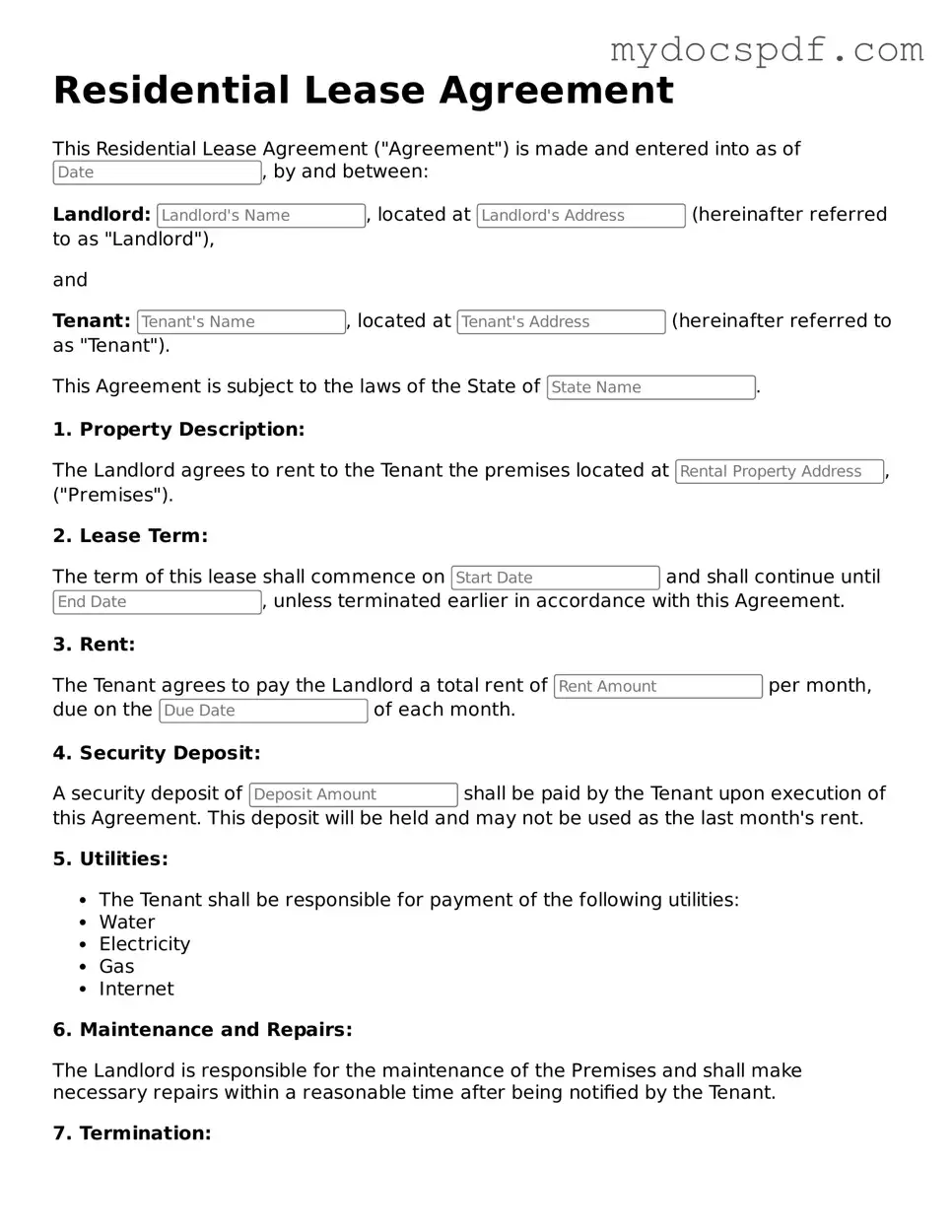Attorney-Approved Lease Agreement Template
A Lease Agreement is a legally binding contract between a landlord and a tenant that outlines the terms and conditions for renting a property. This essential document protects the rights of both parties while clearly defining responsibilities. Understanding its components is crucial for a smooth rental experience.
Access Editor Here
